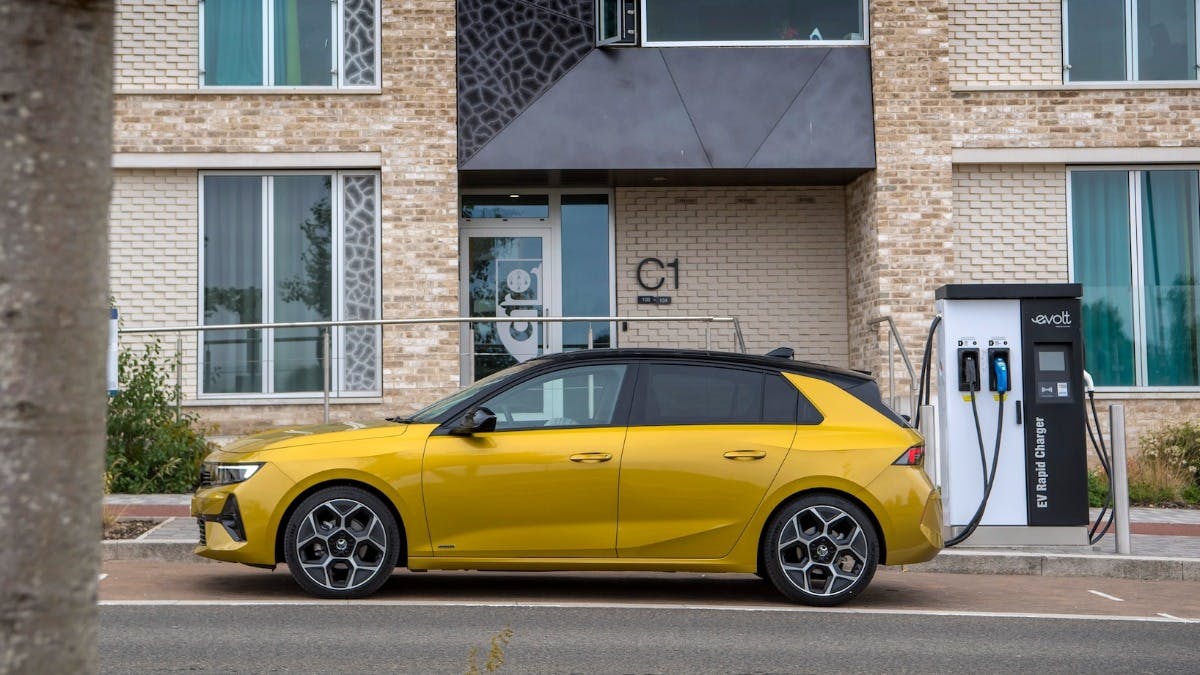On-Street Residential Chargepoint Scheme

-
What is the On-Street Residential Chargepoint Scheme (ORCS)?
One of the most convenient and affordable ways to charge your electric car is at home. But what if you can’t get a wall box installed?
The Office for Zero Emission Vehicles (OZEV) offers the On-Street Residential Chargepoint Scheme (ORCS) to enhance local charging infrastructure.
It’s a scheme that grants local authorities funding to install charging points on-street and in car parks owned by the local authority.
This electric vehicle grant isn’t something that you as an EV driver can apply for. Instead, your local authority has to apply for the ORCS.
We explain exactly how it works, how it’s claimed, who is eligible and more in our guide to the On-Street Residential Chargepoint Scheme.
-
Quick Summary of On-Street Residential Chargepoint Scheme

- Total of £20 million of funding is available for the 2022-2023 financial year
- Funds up to 60% of capital costs of installing charge points
- Maximum of £7,500 per point
- Unless connection costs are exceptionally high, then funding of up to £13,000 per point is available
- OZEV pays 75% of the grant upon offer acceptance
- Last 25% is in arrears once the project is finished
- Projects must complete by 31 March 2024
- How does the On-Street Residential Chargepoint Scheme work?
- The ORCS is different from other electric vehicle grants as it’s not claimed by the consumer. Instead, your local authority must apply for this OZEV grant.
It’s also different from things like the Workplace Charging Scheme as not only do you have to meet eligibility criteria, but your local authority must build a case as to why it’s needed in your area.
The On-Street Residential Chargepoint Scheme offers up to 60% of the costs towards funding residential electric vehicle charge points. Depending on the project, the grant funding required may be less.
For each charge point, the OZEV can offer funding of up to £7,500. If the cost of electrical connection is particularly high, funding up to £13,000 per point may be made available.
There’s no limit on the size of projects but the OZEV can approve and disapprove applications on a case-by-case basis.
-
Recent changes to the scheme

The scheme has been updated recently. The following changes affect the financial year 22/23:
- Maximum funding was lowered from 75% to 60%.
- Every charge point must have a non-proprietary, non-phone payment method like contactless.
- Charge points can now be installed in areas not owned by local authorities, e.g. a village hall car park.
-
Who can apply for the On-Street Residential Chargepoint Scheme?

Any local authority can apply for the On-Street Residential Chargepoint Scheme, but they have to submit a strong enough case to warrant the grant.
-
Eligibility criteria
You also have to meet the following eligibility criteria for your application to be considered:
When installing charge points on-street, local authorities must have the official support of the appropriate Highways Authority.
They should be installed on land owned by a local authority. If a lack of suitable owned land prevents installation, charge points can be placed on land not owned by a local authority. This will be evaluated on a case-by-case basis.
Local authorities must estimate and manage project expenses and implementation.
Charge points need to be installed in residential areas with limited off-street parking, and must meet OZEV technical guidelines.
They also need to have a minimum payment method like contactless (non-proprietary, non-phone method) to make charging easily accessible.
-
What chargers are available?

There are a few types of public chargers available. The type your local authority may apply for will depend on the area itself.
Free-standing charge points are a popular choice, often seen in town centres.
A great choice for residential streets is lamp post chargers. Charging points are installed in or on lamp posts so there’s no need for new structures.
You may even be eligible for telescopic charging points that retract into the floor when not in use.
The majority of chargers will be Type 2 untethered. This means you’ll have to bring your cable with you, just like with a standard public charge point.
-
How much do they cost to use?
The price of new on-street charging points varies by provider. You may have to subscribe or sign up for a specific tariff for access.
Some providers even offer smart cables which have a meter built in so you won't need an app or specific card.
-
Local Electric Vehicle Infrastructure Scheme

The OZEV announced the pilot of the Local Electric Vehicle Infrastructure (LEVI) scheme in 2022, with nine projects made up of 1,000 charge points planned already.
It’s a new scheme which aims to encourage larger-scale changes for those without off-street parking, backed by private sector investment.

